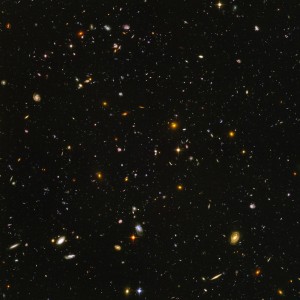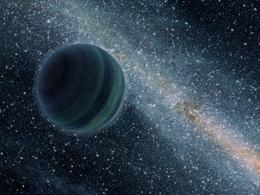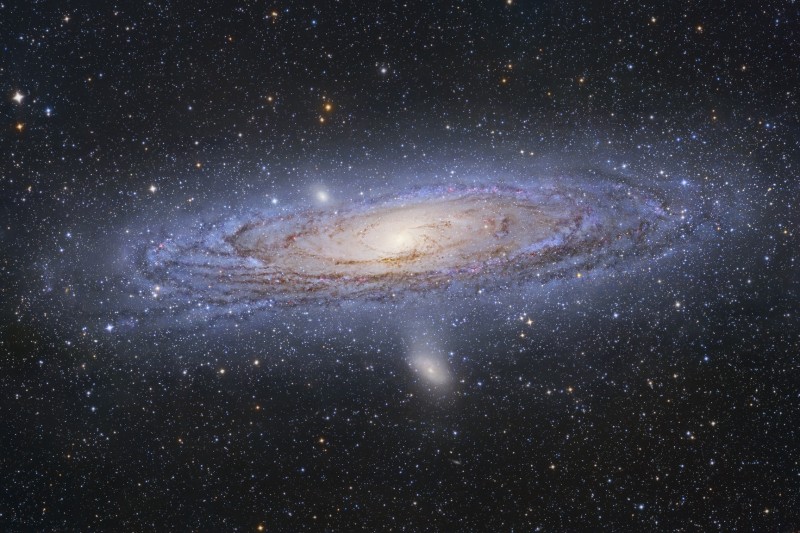“Space, the final frontier.” Simple words spoken by Captain Kirk, of the starship Enterprise, but ones that create a sense of excitement and wonder.
But, is “space” our final frontier? With the billions upon billions of galaxies out there, containing an uncountable number of stars and an unimaginable number of planets, is it our last frontier?

Hubble Ultra Deep Field - Image Courtesy of NASA
There is something about space…so vast, so enigmatic, so alluring. I have long gazed at the stars and felt that there is so much out there to discover and learn about—things that would just boggle our minds. And, we already see it today with the amazing image from the space telescopes like Hubble and Spitzer and terrestrial observatories like Keck and the European Southern Observatory’s Very Large Telescope. It may truly be the final frontier. But, for us to be out among the stars, and, if you can imagine it, out among the galaxies, we will have to conquer hurdles and challenges that will include understanding how our Universe works. More importantly, we need to understand how we work, as biological entities, as well as cultural and societal beings, because we will never have the strength and dedication to reach for the stars if we can not respect, have consideration for, and cooperate with one another.
Thinking about it a bit more, maybe that is our final frontier. Not “space” as Gene Roddenberry so simply stated way back in 1966 when Star Trek first beamed into our homes on our televisions. Maybe he was really speaking of a frontier more subtle, more challenging than traveling to the stars. Maybe that frontier is simply people working together—united—where our challenges are no longer with each other but come from beyond the humble abode we call Earth.
I’m afraid that once we do step out into the cosmos, beyond the comfort of our blue planet and yellow sun, and travel to these other stars, solar systems and planets to study them up close, each will offer more unknowns that will push the boundary of our final frontier. Undoubtedly there will be more things discovered that will have us scratching our heads and wondering just how does that work. That bewilderment may very well come more from the biology we find rather than the new physics we might discover. And, that doesn’t even address the issues of us trying to comprehend alien cultures and societies that have absolutely no parallel to what we’ve experienced on Earth!
So, where does the boundary exist to define the final frontier? Unfortunately, I think it will be a boundary we will approach asymptotically—always getting closer but never really reaching it—and I can’t wait! There’s so much to discover!
Hopefully, some food for thought; so think about it, talk about it, comment on it—I’d be happy to hear your views on our final frontier.
Till next time,
RC Davison














